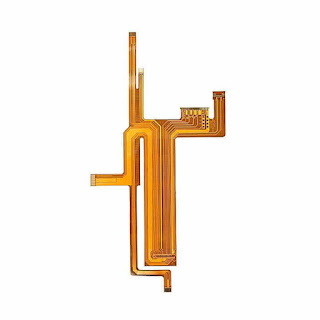Significant Features of High density interconnect pcb
High density interconnect PCB is progressively becoming the solution for slighter, more durable, and more competent PCBs. HDI technology permits for lighter, smaller products that do quicker than ever before by leveraging blind as well as buried vias that can be staggered, stacked, along with integrated with microvias.
This type of flex PCB prototype technology permits for enhanced functionality in smaller end-user products, denser BGA as well as QFP packages, and lowered heat transfer induced strain.
High density interconnect features and benefits
- Lets designers to integrate more components onto smaller boards since
HDI PCBs can be inhabited on both sides of the board
- Reduce power usage, leading to longer battery life in handheld and other
battery-powered devices
- More solid as well as rugged, permitting for increased potency and
limited perforations
- Abridged thermal degradation, elongating the life of the device.
- Permit for more efficient and higher density transmission and
computation in slighter areas and the creation of smaller end-user products
such as smartphones, aerospace equipment, military devices, as well as medical
equipment
- Sustainability of Dense BGA along with QFP Packages in PCB Design
- If you are utilizing smaller BGA and QFP packages in your designs and
applications, HDI PCBs provide more reliability in transmission when your PCB intend
gets to the point of mass production
- High density interconnect PCBs can accommodate more dense BGA and QFP
packages than elder PCB technology
- Reduced Heat Transfer
- Heat transfer is abridged because there is less distance for heat to travel before it can flee an HDI flexible PCB quote. HDI PCBs also experience fewer stress due to thermal expansion, extending the life of the PCB
Managed Conductivity
Vias can then be packed with conductive or else non-conductive materials to make easy transmission between components depending on your board intend.
Functionality is also enhanced as blind vias and via-in-pad permit components to be placed closer together. When the transmission range from component to component is abridged, transmission times and crossing delays are decreased, while signal strength is augmented.
Smaller (and Smaller) Form Factors
When it comes to saving space, HDIs are an implausible alternative as the total number of layers can be abridged. For instance, a traditional eight-layer through-hole PCB can effortlessly be replaced by a 4-layer HDI via-in-pad solution. These results in smaller PCBs that contain vias that are more or less invisible to the nude eye.
Eventually, utilizing HDI PCBs permit for the creation of smaller, more durable, as well as more competent products that consumers want without compromising intend and overall performance.

Comments
Post a Comment